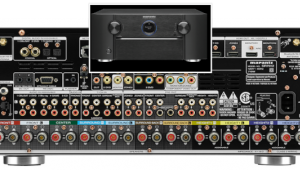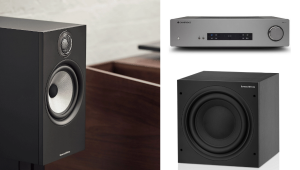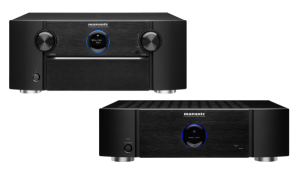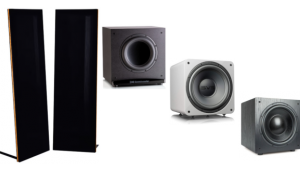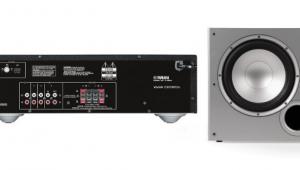Plasma Break In

Nik in Gladstone, Queensland, Australia
Good choice! We reviewed the 59-inch version of the US model, the PN59D8000, here, and found it to be a superb TV, awarding it our Top Picks designation.
As for breaking it in, I would simply be careful to display mostly full-screen images for the first 100 hours or so. Don't worry about watching 1.85:1 or 2.35:1 movies or 4:3 standard-def TV once in a while, but try to stick with 16:9 high-def most of the time at first. And keep images with lots of static elements, like games or business and news channels with a running ticker at the bottom, from remaining on the screen for long periods of time.
Plasma TVs have gotten a lot better about image retention and burn-in over the last few years, but they tend to be more prone to temporary image retention during the first 100 hours. I don't think there's any need to break them in with a 60-percent full white field, which we use for reviews because we leave the sets unattended for a few days. But I would exercise some caution in the first 100 hours as described above.
Update: As pointed out in the comments below, another important step is to reduce the set's contrast and brightness settings so the screen's phosphors don't get blasted. The best way to start is to select the Movie or Cinema picture mode, which generally defaults to lower contrast and brightness levels. In many cases, the picture mode defaults to Vivid or a similar settingwhat is often referred to as "torch mode"which pumps out as much light as possible to overcome the bright lighting on a showroom floor. However, this ages the phosphors more rapidly, and few people live in a showroom, so don't use this picture mode at home.
If you have an A/V question, please send it to askhometheater@gmail.com.
